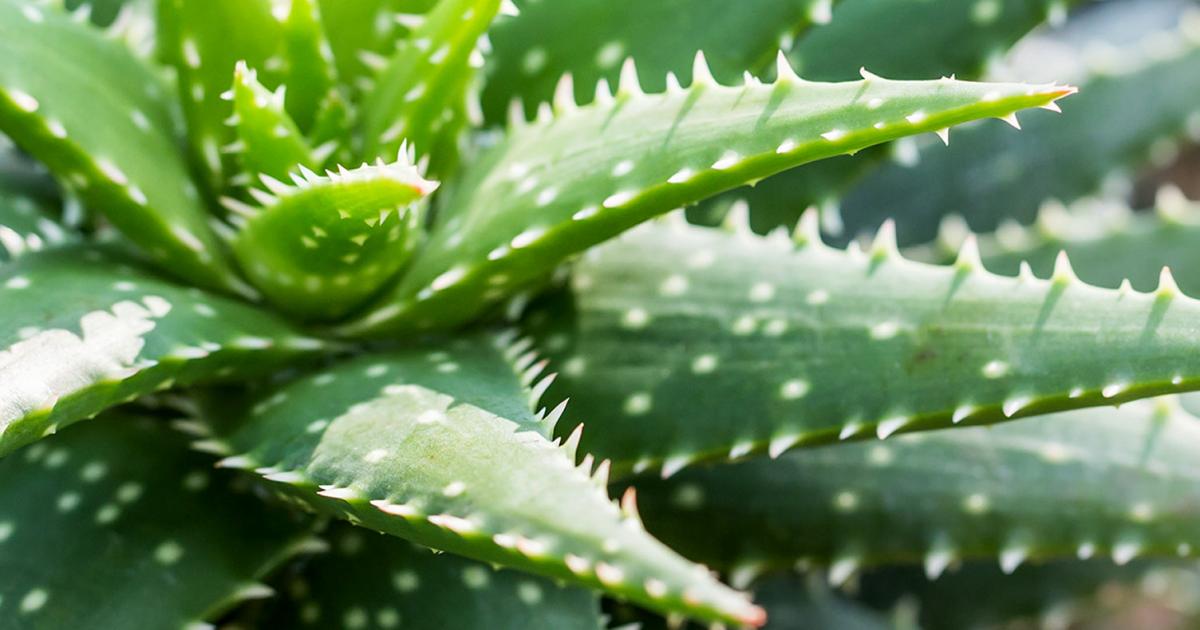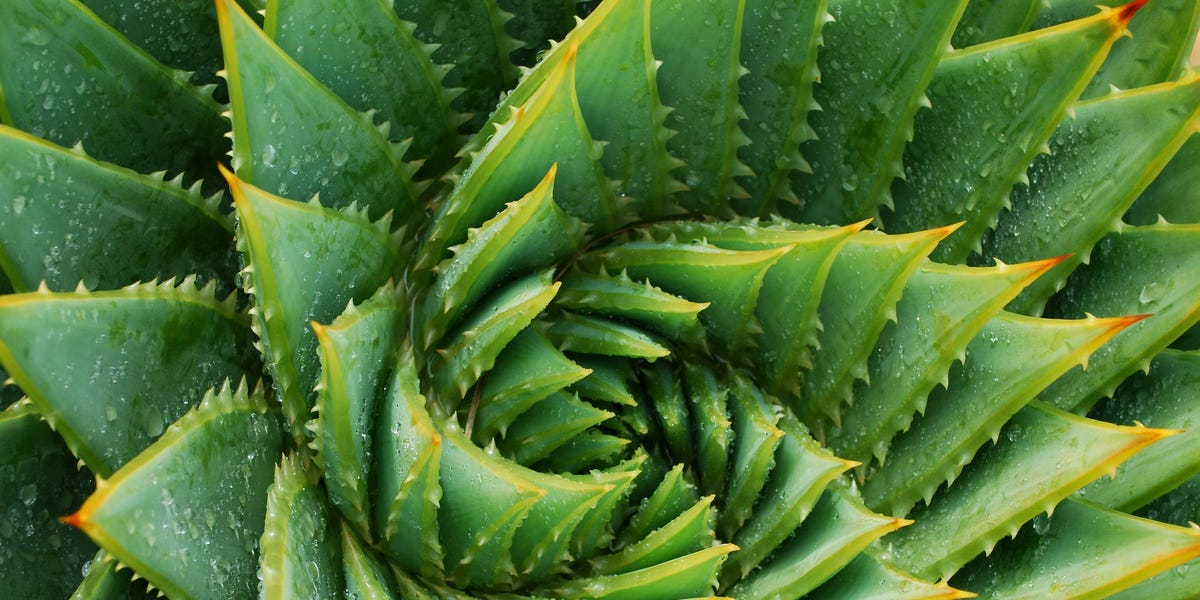If you look up at the title of this article, you may find something striking. The sum of the last two previous numbers add up to the next number. This was discovered by Indians a long time ago but it was published by Leonardo Pisano Bogollo (a.k.a. Fibonnaci -son of Bonnaci) around the 11th century CE.
The first 20 numbers
Ok…(draws big breath) here goes!
- 1
- 1
- 2
- 3
- 5
- 8
- 13
- 21
- 34
- 55
- 89
- 144
- 233
- 377
- 610
- 987
- 1597
- 2584
- 4181
- 6765..!
If you’ve been observant, notice every 3rd number is a multiple of 2, every 4th number is a multiple of 3 and that every 5th number is divisible by 5.
You may be thinking…OK. 1+1=2 and 1+2=3, what’s so amazing about the Fibonacci sequence?
φ and Fibonacci!
φ is called the Golden Ratio and it is irrational, roughly equalling 1.61803398874989484820… – it is irrational. If we get the first 10 consecutive numbers of the Fibonacci and divided them by their smaller neighbour, watch what happens!
| A | B | B/A |
| 1 | 1 | 1 |
| 2 | 1 | 2 |
| 3 | 2 | 1.5 |
| 5 | 3 | 1.6666666…7 |
| 8 | 5 | 1.6 |
| 13 | 8 | 1.625 |
| 21 | 13 | 1.6154 (4.d.p.) |
| 34 | 21 | 1.61905 (5.d.p) |
| 55 | 34 | 1.61765 (5.d.p.) |
| 89 | 55 | 1.6181818181818181818… |
The lower down the table, the closer we get to φ (1.61803398874989484820…). In fact, if we get 6765 (term 20)/4181 (term 19) you get 1.61803396… which is close but no matter how low down we go, we’ll never exactly get φ because it’s irrational (the long part divided by the short part is also equal to the whole length divided by the long part).

Nature and Maths
The fibonnaci sequence can be represented as a spiral…

….seen this before?

Sunflowers love this spiral and their cells always turn x.618 times to make such wonders. Plants also like it because it evenly spreads out sunlight to all the leaves and makes rainwater go quickly to be absorbed by the roots. You might see this in an aloe vera plant (which, by the way, does wonders for your skin and body!).


Don’t be shocked. It’s the aloe vera! Get it… hehe…now, ok. But aloe is Arabic for “bitter” and vera is Latin for “truth”.
This is what’s special about the Golden Number: it can be written as a continuous fraction:

P.S. Fibonnaci day’s on November 23rd because the date is 11/23 so don’t forget to tell you friends and family about it! Bye!
days
hours minutes seconds
until
Fibonnaci Day 2021!!!

